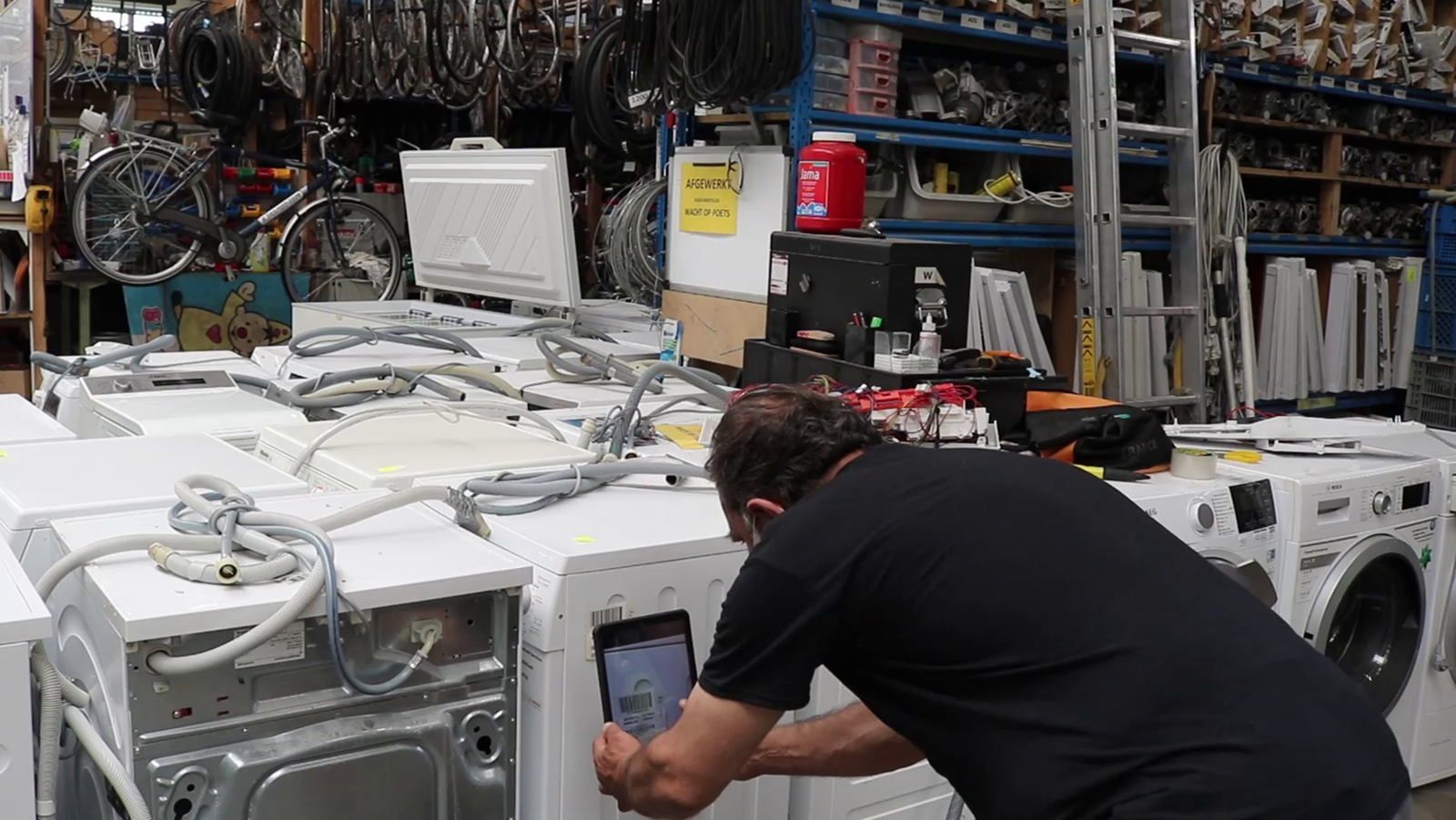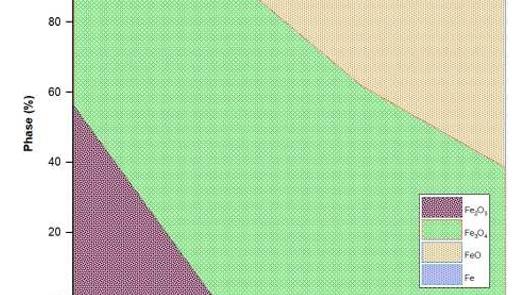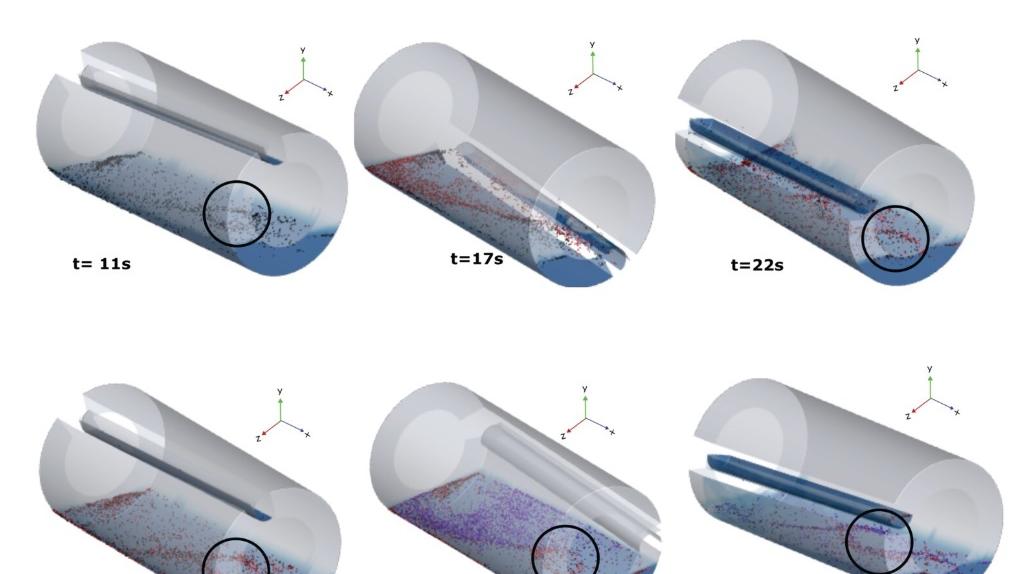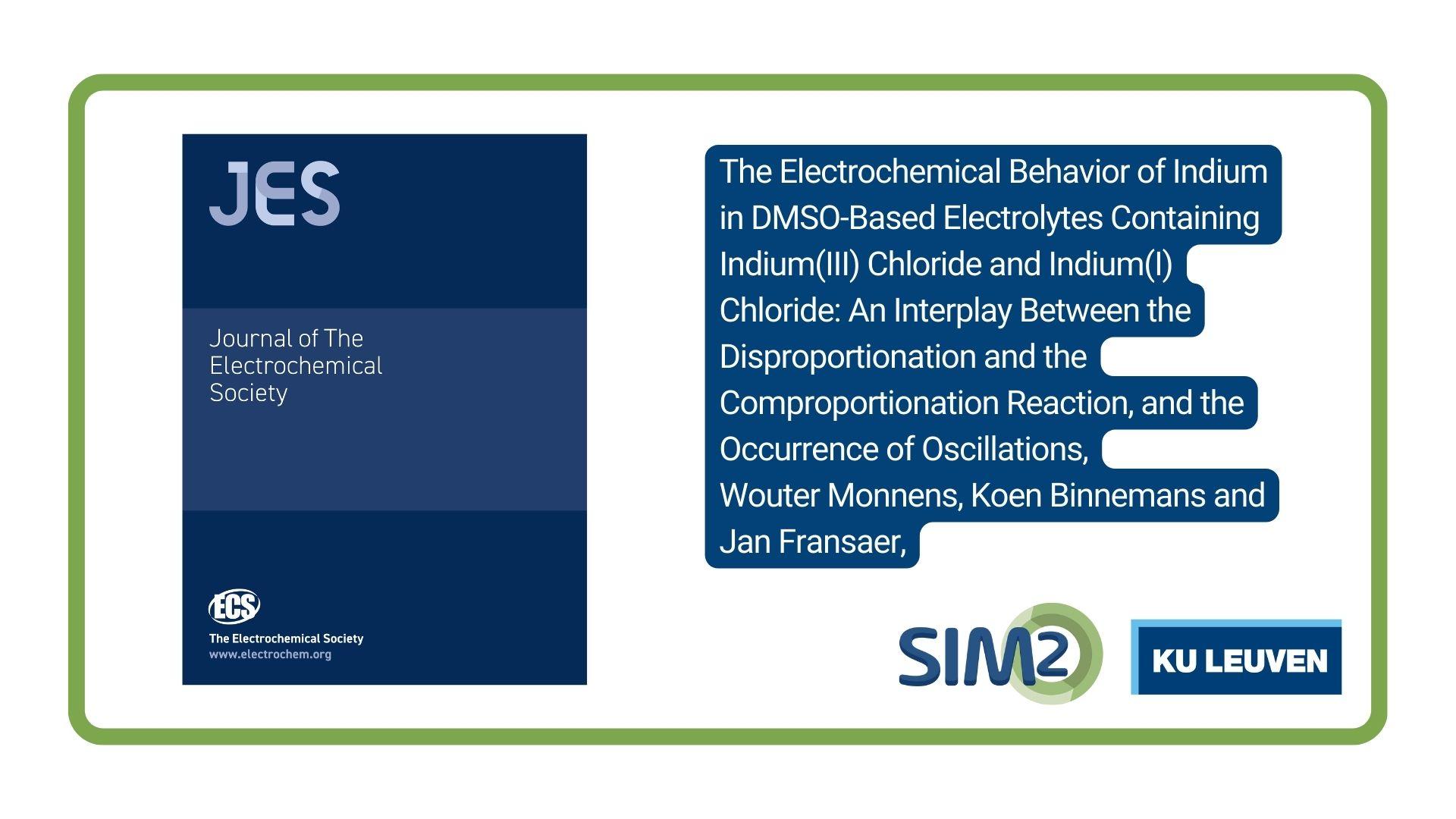The time required to manually identify the product model and retrieve relevant information challenges the economic viability of various end-of(-first)-life treatment options for electrical and electronic equipment (EEE). Therefore, the Lifecycle Engineering research group (LCE/SIM² KU Leuven) has developed a new procedure to automatically identify the product model by evaluating an image of the device’s product label. The full pipeline was incorporated into a proof-of-concept application, allowing for model-specific product and repair information to be consulted during repair and recycling. The work was published in Journal of Industrial Ecology.
Current repair and recycling practices for EEE
When an electronic device fails, companies will generally need to identify the device model number to offer a quote to customers, check the availability of spare parts, find repair instructions, or look up device details to resell the device. Because this step is currently performed manually, the cost-effectiveness of repair is challenged. Recycling facilities do not perform model identification due to the labor intensity. Instead, bulk recycling strategies are typically adopted to treat all devices the same way.
Enabling automated model identification with the SmartRe app
To improve the efficiency of model identification, an alternative automated procedure is proposed. The procedure is fully integrated into an online application, the SmartRe app, allowing seamless adoption into existing repair strategies. Using the app, the user is requested to capture an image of product label. This image is uploaded to an online model-identification pipeline.
Text is extracted from the image using deep learning object character recognition (OCR). This text is filtered and compared with a database of more than 10,000 model numbers with a newly developed matching algorithm. A ranking of the best-matched model numbers with all relevant model information is then sent back to the user. Repair instructions and useful data such as the estimated reselling price can be added to the database. Existing information can be updated and consulted again when the model number is re-identified later on.
Adoption for reuse, repair and recycling
The proposed procedure was validated on a case study for washing machines. Three datasets where collected from companies focusing on professional repair for customers (Servilux), repair for reselling in second-hand stores (De Kringwinkel), and recycling (Galloo). The dataset sizes were 500, 423, and 808 images of washing machine product labels, respectively.
Results showed that 51%, 88%, and 76% of these models could be successfully identified with the app. Further analysis shows that for 72% of the devices repaired at the reuse facility, a corresponding device was also recycled. 12% of these devices were predicted to be less than 10 years old.
These findings highlight the potential to use the SmartRe app to identify products at collection/recycling facilities, allowing for selected models to be redirected for repair or recovery of spare parts at repair and reuse centers. Therefore, the procedure will be further developed to identify reusable devices at collection points in an upcoming collaboration with Recupel.
Complete reference of the paper
Wouter Sterkens, Ellen Bracquené, Dillam Jossue Díaz-Romero, Toon Goedemé, Wim Dewulf, Jef R. Peeters, Product label identification with OCR for model-specific reuse, repair, and recycling: A case study for washing machines, Journal of Industrial Ecology, https://doi.org/10.1111/jiec.13279. [Video]
Author: Wouter Sterkens (LCE)






